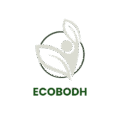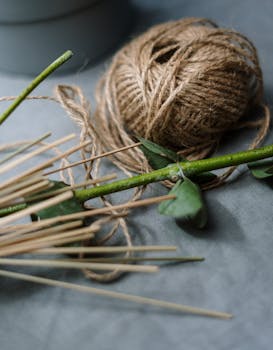In an era where sustainability and style converge, jute emerges as a frontrunner in eco-friendly materials. Known as the “Golden Fiber,” jute offers a blend of environmental benefits, aesthetic appeal, and impressive technical performance, making it the ideal choice for designers, manufacturers, and conscious consumers.
🌱 The Eco-Friendly Marvel
Jute is a bast fiber harvested from the Corchorus plant genus, mainly cultivated in India and Bangladesh. It requires no chemical fertilizers, grows quickly, and consumes significantly less water than cotton. Its rapid growth—up to 12 feet in 120 days—makes it a high-yield and renewable resource.
Environmental Benefits:
- Biodegradable & compostable
- Low water & energy input
- Absorbs ~15 tons of CO₂ per hectare annually
- Enriches soil fertility when crop residues decompose
🧵 Technical Aspects of Jute
🔬 Fiber Composition
- Cellulose: ~60–70%
- Hemicellulose & Lignin: ~20–30%
- Moisture Regain: ~13.75% (at 65% RH, 27°C)
- Tensile Strength: 3.5–5.0 g/denier
- Density: 1.48 g/cm³
- Elongation at Break: ~1.5–1.8%
These properties make jute strong, breathable, and naturally anti-static—ideal for both structural and aesthetic applications.
🏭 Processing Technologies
Jute fibers undergo the following processes before product manufacturing:
- Retting: Soaking stalks in water to separate fibers (biological process)
- Stripping & Washing: Extracting fibers by hand or machine
- Carding & Spinning: Fibers are combed and spun into yarn
- Weaving or Non-Woven Processing: To create sacks, mats, bags, or composite fabrics
Modern innovations include enzyme retting and softening chemicals, which improve fiber quality and reduce environmental impact.
🧰 Industrial Applications & Innovations
- Geotextiles: Used in road construction & soil erosion control due to high moisture absorption and biodegradability
- Composites: Blended with polypropylene or epoxy resin for automotive parts and furniture
- Home Decor: Rugs, curtains, cushion covers—popular for rustic-modern interiors
- Fashion: Designers are reimagining jute into chic handbags, shoes, and accessories
Example: Khaore’s sculptural bags show how jute blends sustainability with avant-garde aesthetics.
🛍️ Sustainable Alternative to Plastics
With the global urgency to reduce plastic waste, jute is proving to be a BioPreferred alternative. Life Cycle Assessment (LCA) studies indicate jute bags have 70–90% lower carbon emissions compared to plastic or even cotton totes.
Key findings (ResearchGate, 2023):
- Jute bags decompose within 3–6 months
- Energy requirement is 60% lower than PP bags
- High tensile strength ensures repeat usability
🌍 Supporting Communities and Local Economies
Jute cultivation employs over 4 million people in South Asia. It uplifts rural economies and preserves cultural crafts like handloom weaving. With rising global demand for green products, the jute industry is undergoing modernization and creating skilled jobs in spinning, weaving, and finishing.
🌟 Final Thoughts: Embrace the Golden Fiber
By choosing jute, you’re not just selecting a stylish and durable material—you’re investing in a sustainable future, supporting local economies, and reducing your environmental impact. Whether you’re a conscious shopper, interior designer, or manufacturer, jute is your go-to natural fiber.

